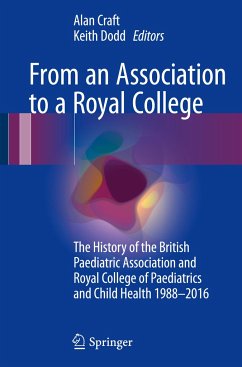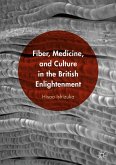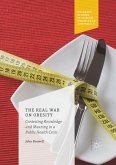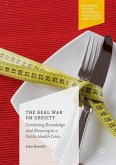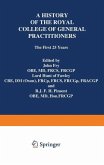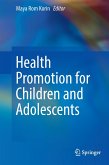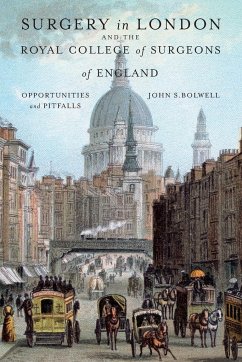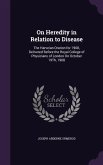This book describes the history of the Royal College of Paediatrics and Child Health (RCPCH) covering the period from 1988 to 2014, which includes the transition from the British Paediatric Association (BPA) to the formation of the now established RCPCH.
The book contains a collection of viewpoints from paediatricians who held officer posts with the association and College through this time. The authors offer insights and reflections to help the reader understand where the College is at the moment on a variety of core paediatric issues, and significantly where it has come from. The formation of the RCPCH from the BPA was very controversial, with some members resigning from the RCP. Since then, the College has come a long way and is now recognised as the definitive body to speak for children's health in the UK and has forged relationships with many overseas countries. It has produced influential documents, and lobbied for advances in the practice of paediatrics. It has reported onstandards for how children should be cared for in emergency and urgent care settings, launched policy to improve how children are looked after in the secure estate, and produced teaching and training materials for child protection among many other contributions to child health.
Finally, it will be of interest to other Colleges and professional bodies as well as to Members and Fellows of the College.
The book contains a collection of viewpoints from paediatricians who held officer posts with the association and College through this time. The authors offer insights and reflections to help the reader understand where the College is at the moment on a variety of core paediatric issues, and significantly where it has come from. The formation of the RCPCH from the BPA was very controversial, with some members resigning from the RCP. Since then, the College has come a long way and is now recognised as the definitive body to speak for children's health in the UK and has forged relationships with many overseas countries. It has produced influential documents, and lobbied for advances in the practice of paediatrics. It has reported onstandards for how children should be cared for in emergency and urgent care settings, launched policy to improve how children are looked after in the secure estate, and produced teaching and training materials for child protection among many other contributions to child health.
Finally, it will be of interest to other Colleges and professional bodies as well as to Members and Fellows of the College.

